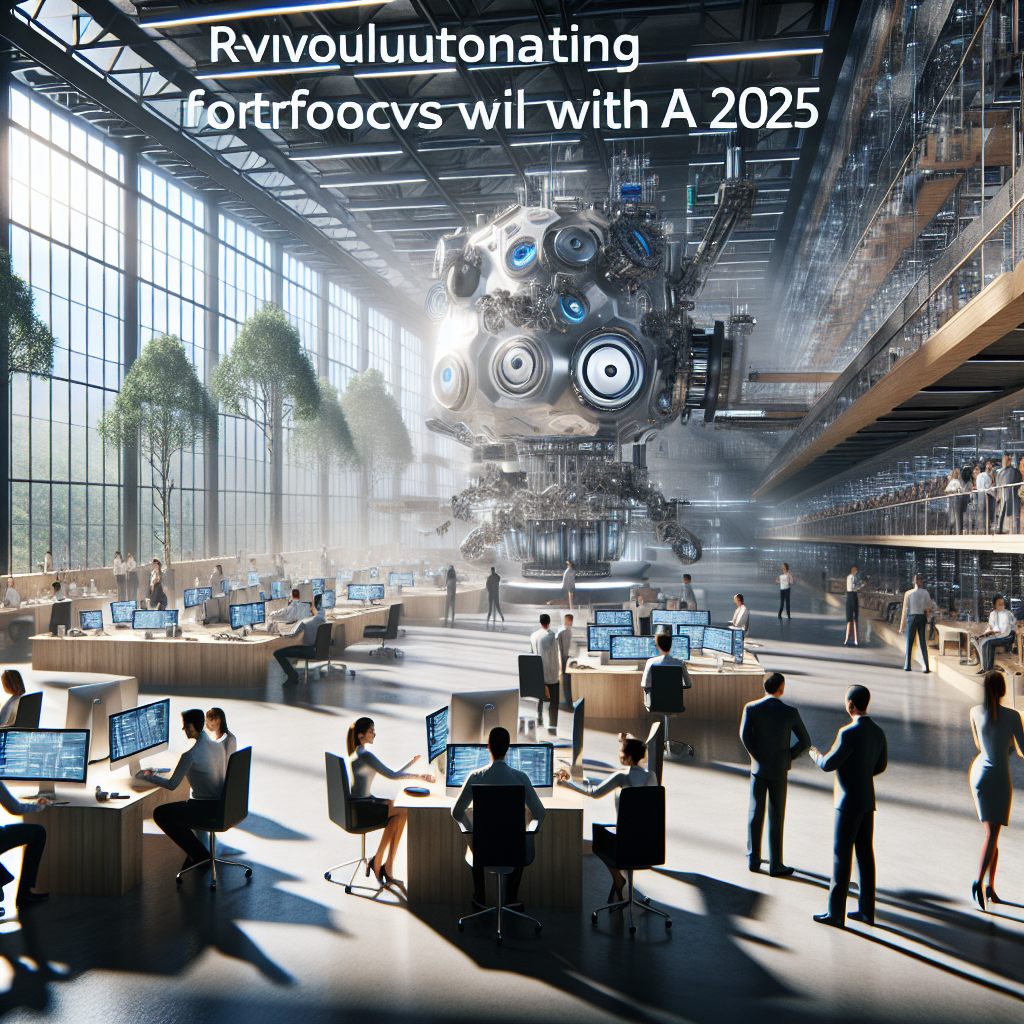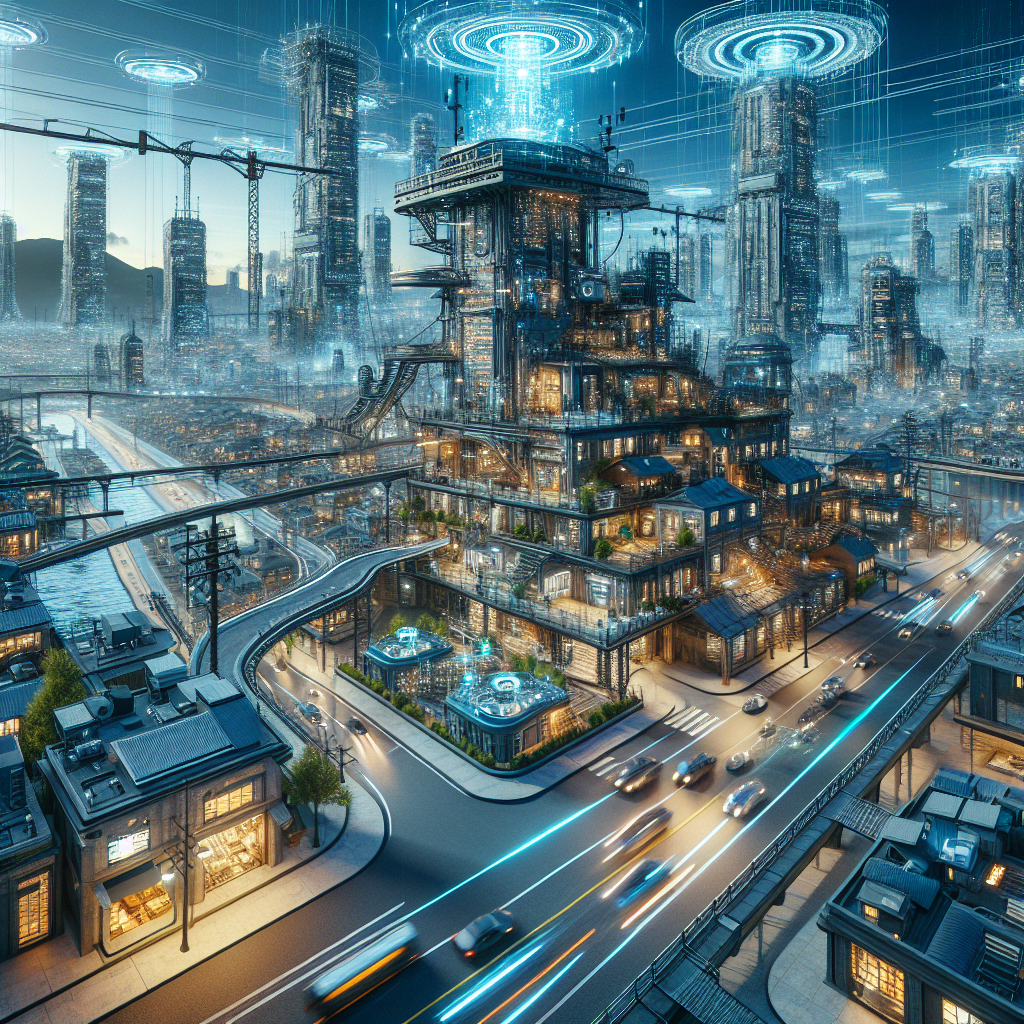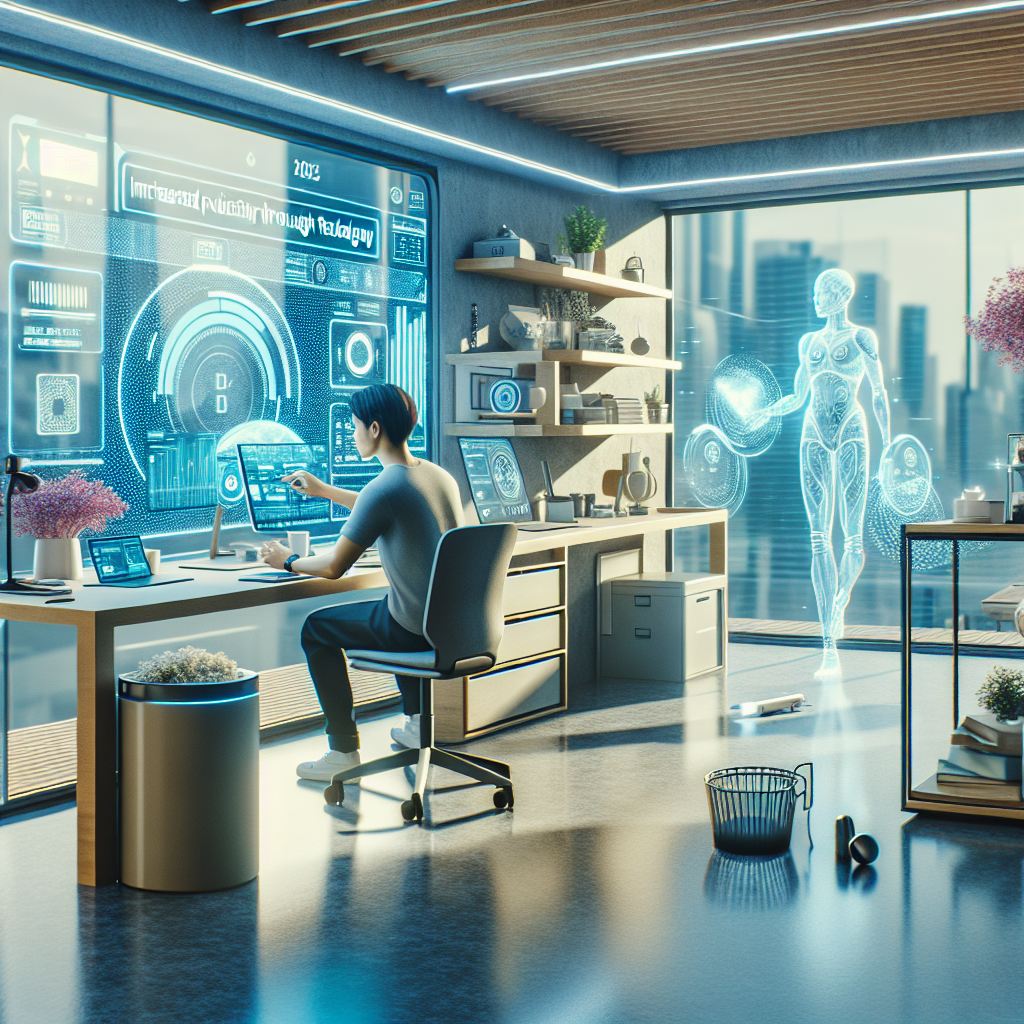Harnessing AI to Transform the Workforce Landscape in 2025
As we approach an era where artificial intelligence integrates seamlessly into everyday work environments, the concept of the AI workforce is gaining unprecedented momentum. Organizations worldwide are beginning to embrace AI-driven automation and machine learning to enhance productivity, optimize operations, and redefine employee roles. This shift is not just a technological upgrade but a fundamental transformation of how businesses operate and compete in the global market. Understanding how the AI workforce is revolutionizing industries in 2025 provides valuable insights into preparing for a future where humans and machines collaborate like never before.
The Growing Importance of the AI Workforce
Defining the AI Workforce
The AI workforce refers to the composite of AI technologies and systems that perform tasks traditionally undertaken by humans within organizational settings. This includes robotic process automation (RPA), natural language processing tools, predictive analytics, and intelligent virtual assistants. Together, these technologies work alongside human employees or autonomously to execute repetitive, complex, or data-intensive work.
Key Drivers Behind AI Workforce Integration
Multiple drivers explain the accelerating adoption of AI in workforces today:
– Demand for increased efficiency and speed in task execution.
– The need to manage and interpret large volumes of data for strategic decisions.
– Rising labor costs prompting automation of routine jobs.
– The pursuit of improved accuracy and reduction of human error.
– Market pressure to innovate and stay competitive.
By leveraging these motivations, companies harness the AI workforce to streamline workflows and unlock new value streams.
Impact on Job Roles and Skills
The introduction of an AI workforce reshapes existing job roles across sectors. Rather than replacing human workers entirely, AI often upgrades job functions by automating mundane tasks, thus freeing employees for more creative and strategic responsibilities.
For instance:
– In customer service, AI chatbots handle straightforward queries, enabling agents to focus on complex issues.
– Manufacturing uses AI-powered robots for assembly line tasks, allowing technicians to oversee quality control.
– Finance departments deploy AI for transaction processing, while analysts interpret outcomes for business insights.
However, this transformation requires reskilling and upskilling workers to collaborate effectively with AI systems, emphasizing critical thinking, problem-solving, and technical literacy.
Implementing AI Workforce Solutions: Best Practices
Assessing Organizational Readiness
Successful AI workforce integration begins with a clear assessment of a company’s current operations and technology landscape. This involves:
– Identifying processes suitable for automation.
– Evaluating existing employee skill sets.
– Establishing measurable goals for AI adoption.
A well-defined roadmap can minimize disruptions and align AI projects with business objectives.
Choosing the Right AI Tools
With a vast array of AI applications available, choosing the right solutions depends on industry-specific needs and scalability considerations. Popular categories include:
– Process automation tools to reduce manual data entry.
– Machine learning platforms for predictive analytics.
– AI-powered communication systems for enhanced collaboration.
Engaging stakeholders early ensures the selected tools complement organizational workflows and culture.
Change Management and Employee Inclusion
Change can generate resistance, so involving employees in the transition to an AI workforce is critical. Transparency about how AI augments jobs rather than replaces them fosters acceptance. Training programs and continuous learning opportunities empower staff to thrive in evolving roles.
Evaluating AI Impact Over Time
Regular performance analysis helps refine AI workforce implementations. Key performance indicators (KPIs) may include productivity metrics, error rates, and employee satisfaction scores. Iterative improvements ensure sustainable benefits.
Addressing Ethical Considerations with the AI Workforce
Data Privacy and Security
AI systems rely heavily on data, raising concerns about privacy and confidentiality. Organizations deploying the AI workforce must implement robust data protection protocols aligned with legal requirements such as GDPR. Ensuring transparent data handling builds trust among employees and customers.
Bias Mitigation in AI Algorithms
Bias in AI decision-making can perpetuate unfair treatment or discrimination. It’s essential to audit and train AI models on diverse datasets to promote fairness and inclusiveness. Ethical AI frameworks guide the responsible use of automated systems.
Maintaining Human Oversight
Despite automation, final decision-making authority often rests with humans. Establishing clear accountability ensures that AI complements rather than overrides human judgment, preventing unintended consequences.
Future Trends Shaping AI Workforce Development
AI Workforce Collaboration Platforms
Emerging platforms are enabling seamless interaction between human workers and AI agents. These collaborative environments support task handoffs, knowledge sharing, and real-time feedback, enhancing overall team performance.
Integration of AI and Augmented Reality (AR)
Incorporating AR into AI workforce tools helps workers visualize data and instructions interactively. For example, technicians receive overlay guidance from AI systems during equipment maintenance, improving efficiency and accuracy.
Expansion of AI in Small and Medium Enterprises (SMEs)
Advancements in cloud computing and AI-as-a-Service models are making AI workforce adoption accessible to SMEs. This democratization fosters innovation across all business sizes, not just large corporations.
Continuous Learning and Adaptive AI
Next-generation AI systems incorporate continuous learning capabilities, adapting to evolving business contexts and user behaviors. This dynamic approach enhances AI relevance and effectiveness over time.
Real-World Examples of AI Workforce Transformations
Healthcare Sector
Hospitals increasingly use AI workforce components for diagnostics, patient monitoring, and administrative tasks. AI algorithms analyze medical images faster than humans, while virtual nurses handle routine inquiries, improving patient care and resource allocation.
Retail Industry
Retailers implement AI-powered inventory management, demand forecasting, and personalized marketing. Automated checkout systems and chatbots enhance customer experiences while reducing operational costs.
Financial Services
Banks and insurers leverage AI for fraud detection, risk assessment, and automated claims processing. These improvements speed up service delivery and reduce manual errors, increasing customer trust.
Education and Training
Educational institutions employ AI tutors and personalized learning platforms to support students. AI helps identify learning gaps and tailors content, enabling educators to focus on mentorship and curriculum development.
Preparing for the AI Workforce Revolution in Your Organization
Start with Knowledge Building
Educate leadership and teams on AI capabilities and impacts specific to your industry. Workshops, webinars, and expert consultations can guide informed decision-making.
Pilot AI Projects
Begin with small-scale implementations to test AI workforce tools and gather feedback. Focus on measurable outcomes to justify expansion.
Invest in Employee Development
Facilitate training programs that build digital literacy and AI collaboration skills. Encourage a culture of continuous learning.
Collaborate with AI Experts
Partner with technology providers, consultants, and research organizations to stay updated on best practices and innovations.
Monitor and Adapt
Establish a system for monitoring AI performance and employee engagement. Use findings to improve strategies and mitigate challenges.
Embracing the AI workforce is not a question of if but when. Forward-thinking organizations prioritizing smart integration and human-centered approaches will unlock transformative opportunities.
Explore expert solutions and consultancy tailored to your AI workforce needs at https://automatizacionesaiscend.com and step confidently into the future of work.



